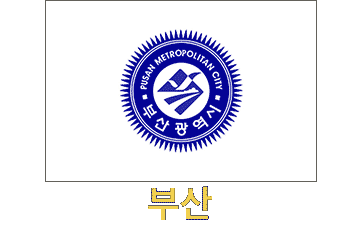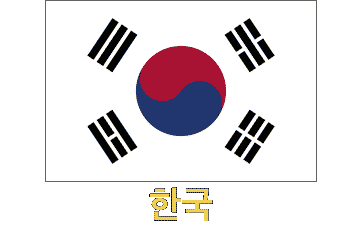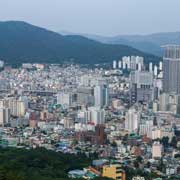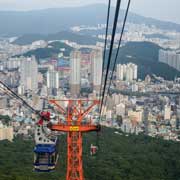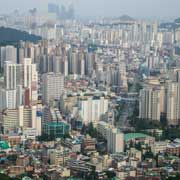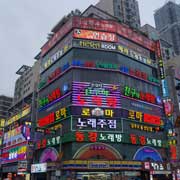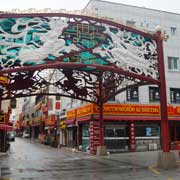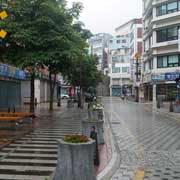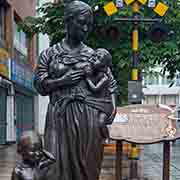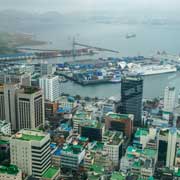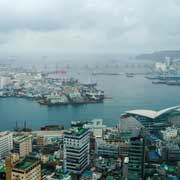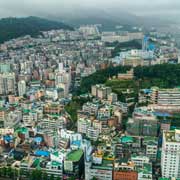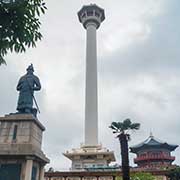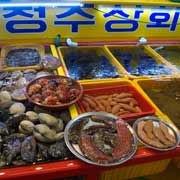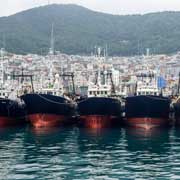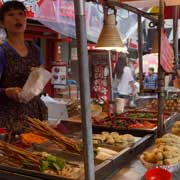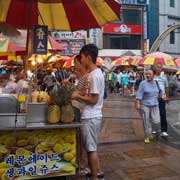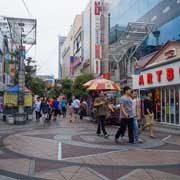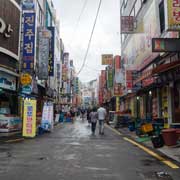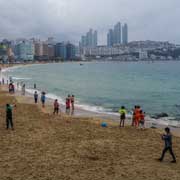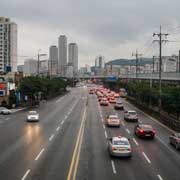Photos of Busan Metropolitan City, Korea
Busan Metropolitan City
On the southeastern-most point of the Korean peninsula, Busan Metropolitan City (or Pusan), with around 3.6 million inhabitants, is South Korea’s second-largest city, its largest port city, and the cultural, educational, and economic centre of its region. It is known for its beaches, like Haeundae, on the northeast side of Busan and Geumjeongsan, the highest mountain on its north side, from where the whole city can be seen.
you may then send it as a postcard if you wish.
Busan was already a trading port with Japan from the early 15th century, and a Japanese settlement was permitted here. During Japanese rule, it developed into a hub trading port with Japan. Today, it is the port where daily ferries connect it to the Japanese cities of Shimonoseki and Fukuoka.
During the Korean War, Busan was one of only two cities in South Korea not captured by the North Korean army within the first three months of the war in 1950 and became a refuge for thousands of people fleeing the carnage. It became a temporary capital of the Republic of (South) Korea when the Communists occupied Seoul. After the war, Busan, like Seoul, became self-governing, and in 1963 it separated from surrounding Gyeongsangnam-do province to become a Directly Governed City; in 1995, Busan finally became a Metropolitan City.
